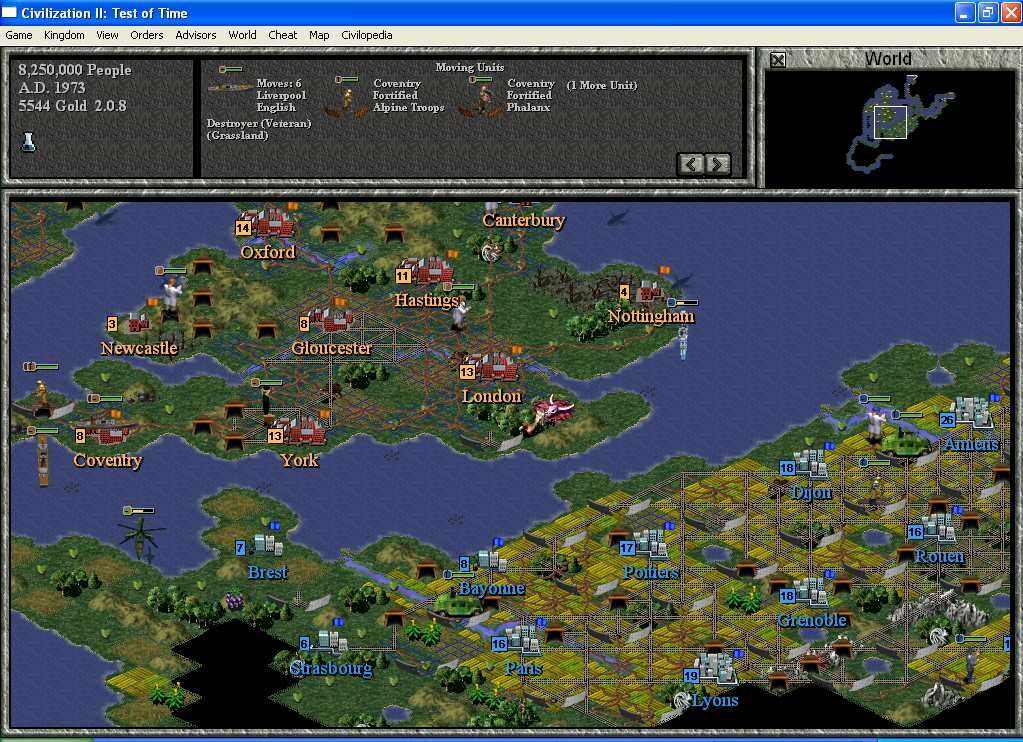


Expanding those efforts now creates a world full of opportunity that is also sustainable.” In fact, we are seeing examples of that happening right now. “Human activity can be regenerative and our productive capacities can be transformed. “Changing our societal priorities hardly needs to be a capitulation to grim necessity,” she said. In a presentation at the World Economic Forum in 2020 delivered in her capacity as a KPMG director, Herrington argued for ‘agrowth’-an agnostic approach to growth which focuses on other economic goals and priorities. Study author Gaya Herrington told Motherboard that in the MIT World3 models, collapse “does not mean that humanity will cease to exist,” but rather that “economic and industrial growth will stop, and then decline, which will hurt food production and standards of living… In terms of timing, the BAU2 scenario shows a steep decline to set in around 2040.” Even when paired with unprecedented technological development and adoption, business as usual as modelled by LtG would inevitably lead to declines in industrial capital, agricultural output, and welfare levels within this century.” “Both scenarios thus indicate that continuing business as usual, that is, pursuing continuous growth, is not possible. “BAU2 and CT scenarios show a halt in growth within a decade or so from now,” the study concludes. She found that the latest data most closely aligns with two particular scenarios, ‘BAU2’ (business-as-usual) and ‘CT’ (comprehensive technology).

Herrington’s new analysis examines data across 10 key variables, namely population, fertility rates, mortality rates, industrial output, food production, services, non-renewable resources, persistent pollution, human welfare, and ecological footprint.


 0 kommentar(er)
0 kommentar(er)
